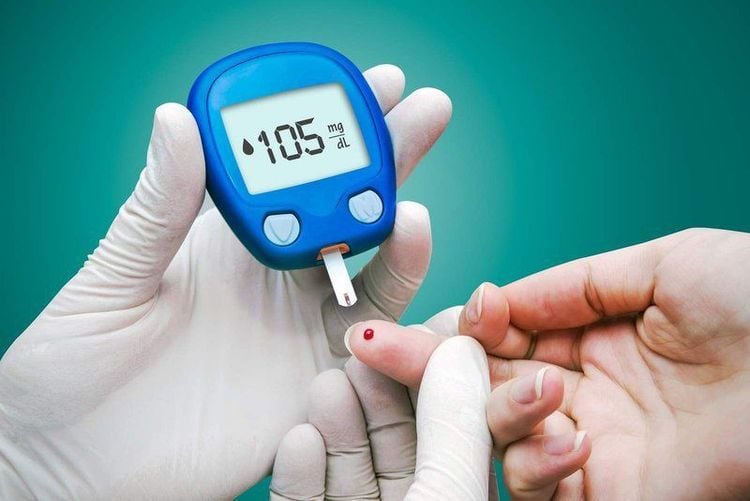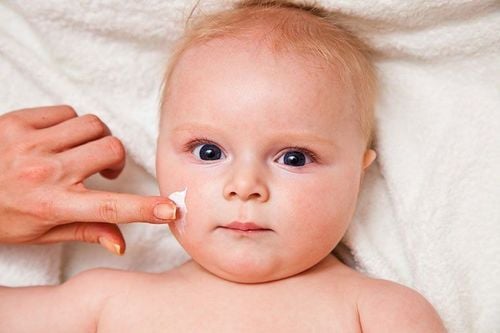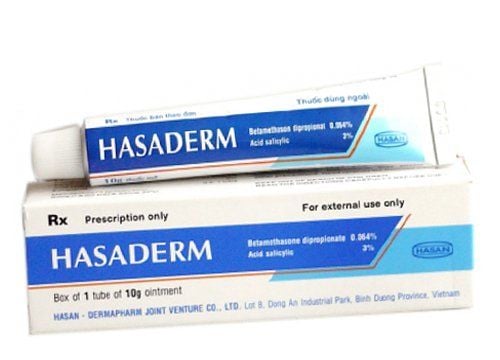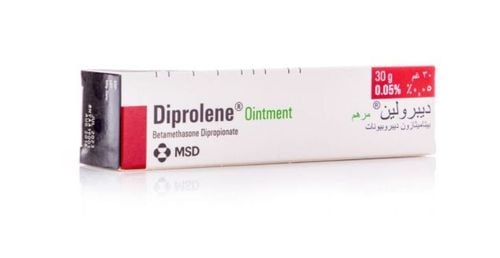This is an automatically translated article.
The article was written by Specialist Doctor I Le Thi Thu Hang - Dermatologist, Department of Medical Examination & Internal Medicine - Vinmec Hai Phong International General Hospital.Folliculitis is a common skin disease caused by an infection of the hair follicles by a virus, bacteria, or fungus. Folliculitis can appear on any hairy area of the body. The causative agents of folliculitis are oil gland disorders, Staphylococcus aureus, yeast,...
1. Folliculitis overview
Folliculitis is an infection in the hair follicles caused by bacteria, viruses, fungi,... Manifestations of folliculitis are papules, pustules, scaly secretions in the hair follicle neck, itching in the skin. Inflammation, then the inflamed skin is red, rough, and the hairs cannot grow out, but twist inward, causing itching in the hair follicle area. The red spots that grow around the inflamed skin are not large but dense, causing lack of aesthetics and affecting the patient's daily activities.After the red nodules form and cause itching, the infection can spread deeper down the entire hair follicle, common in plantar fasciitis. Folliculitis will turn to white pus-filled blisters at the top, painful to the touch. The blisters then break open, crusting over and drying out the skin. Eventually, the disease can turn into abscesses, boils, cluster boils, potholes, or inflammation of the subcutaneous tissue.
2. The factors that cause folliculitis
The causative agents of folliculitis include: agents inside the body and agents outside the patient's body. Specifically:2.1 Factors inside the body Oil gland disorders: Oil glands (oil glands) are overactive or the oil becomes more and more specific, which will cause occlusion, sealing hair follicles, hindering the growth of hair follicles. hairs. Due to the abnormally increased rate of cell renewal but not being excreted to the surface of the skin, they accumulate in the hair follicle and tightly seal the hair follicle, causing inflammation; Acidity imbalance: Accelerates water loss in the skin, creating an ideal environment for bacteria to grow, causing inflammation inside hair follicles; Having a number of diseases: Impaired resistance, neurological disorders, gastrointestinal diseases, metabolic disorders, endocrine diseases, diabetes,...

Clinical manifestations according to the inflamed skin area and the causative agent of folliculitis are:
Facial folliculitis: Usually caused by staphylococci, superinfected acne or gram-negative bacteria, molluscum contagiosum and Demodex folliculorum infection in the follicles. Hair Folliculitis in beard area: Caused by Staphylococcus aureus (Staphylococcus aureus), gram-negative bacteria, filamentous fungi, herpes virus, molluscum contagiosum and Demodex infection causing lesions similar to rosacea. The disease is often persistent, difficult to treat, and recurs many times. Inflammation can be more serious when the infection spreads deep into the hair follicle, causing an abscess or boil Folliculitis of the scalp and nape: Staph and filamentous fungi Folliculitis of the legs: Common in women have a habit of shaving or waxing legs Folliculitis in other skin areas: In the armpits often caused by staphylococcus, Pseudomonas aeruginosa, yeast Malassezia, Candida; in the buttocks and hot and humid skin areas are mainly caused by staphylococcus and filamentous fungi
3. Subjects at high risk of folliculitis
Skin conditions such as dermatitis and acne Ingrown hairs caused by rubbing against clothing or shaving Injuries from accidents or surgery Long-term use of certain medications such as steroid creams or antibiotics for acne Long term creates favorable conditions for the growth of anaerobic bacteria. Obesity Having diseases that reduce resistance to bacteria and viruses such as diabetes, leukemia, kidney failure, organ transplant or HIV/AIDS; Live in hot and humid climates4. Preventive measures

At Vinmec International General Hospital, there is a package of examination and advice on treatment of atopic dermatitis for all customers of all ages. Customers at risk such as allergies, affected by ambient conditions such as weather, climate, humidity, ... will be examined and tested including:
Specialist examination Dermatology Perform tests such as: quantification of IgE, fresh mycobacteria, specific IgE for respiratory and food allergens (Panel 1 Viet), Rida Allergy Screen test (panel 1). .. Doctor Thu Hang has over 10 years of experience in the field of dermatology. Especially experienced in the treatment of adult and pediatric skin diseases, sexually transmitted diseases, autoimmune and rare skin diseases. The doctor has obtained certificates and university degrees at home and abroad such as: Degree I - Dermatology, Hanoi Medical University, DFMS Degree - Dermatology, University of Paris XIII, France before becoming a doctor. dermatology at the Department of Internal Medicine, Vinmec Hai Phong Hospital today.
Please dial HOTLINE for more information or register for an appointment HERE. Download MyVinmec app to make appointments faster and to manage your bookings easily.
References: Healthline.com and Mayoclinic.org













